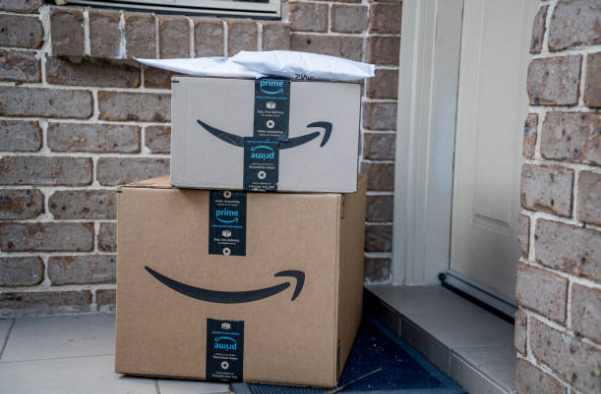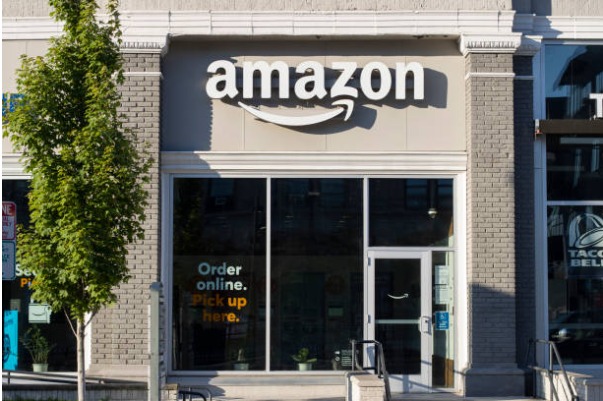Thanks to Amazon FBA, sellers can now expand their businesses while leaving warehousing, packing, and shipping to Amazon. Using Amazon’s infrastructure, e-commerce sellers can pay attention to sourcing, marketing, and building their brand. Still, mastering the way we handle inventory is arguably at the heart of succeeding in this model. A lack of supervision and planning can cause products that sell well to lead to revenue loss due to stock shortages, high warehouse fees, or stock that becomes outdated. We’re learning how Amazon FBA inventory works, which is vital for every Amazon seller.
What Do You Need to Know about Amazon FBA
Make sure you know how Amazon FBA functions before starting to look at storage options. If a company sells on Amazon using FBA, its goods will be taken to Amazon’s warehouses. All storage, packing, and shipping of purchases are managed by Amazon. Also, with FBA, customers can use Amazon Prime, receive outstanding customer help, and handle returns more easily, helping to deliver a better experience.
Still, being able to shop anywhere also means we should be careful. FBA storage prices on Amazon are calculated according to product size, popular seasons, and the length of time your items spend at the warehouse. Because of this, sellers should plan their inventories so that they satisfy customer orders without facing costly additional storage charges.
Forecasting inventory is key to a company’s success.
One important way to run your Amazon FBA inventory efficiently is to make accurate estimates.
To get a clear picture, sellers analyze historical records, seasonal trends, and marketing actions. Tools like Helium 10 and Jungle Scout offer demand forecasting features based on real-time sales data and competitor analysis.
If demand isn’t estimated correctly, Companies may have too much or too little of a product.
If a company overstocks its goods, it must pay high storage costs, and there is a possibility that the goods will not be sold later, due to new market trends or the expiration of items sold as consumables. On a different note, if you don’t have sufficient products, you may end up with stockouts that harm your product scores and make customers less confident. You can better manage your inventory by using Amazon’s Inventory Performance Dashboard and software from outside suppliers.
Making use of Amazon’s IPI for your inventory

The company uses the IPI to track how well sellers are handling their FBA stock. The number you are given on the IPI scale, between 0 and 1000, determines your storage space in Amazon’s fulfillment centers. With a low IPI, there is little room for extra products, which will make it hard for you to restock and grow.
Healthy inventory performance requires sellers to delete overstocked items, increase sales, and speedily resolve stranded inventory problems. Regularly watching your IPI and taking actions ahead of time makes sure that products can take up as much room as needed, which is important in Q4.
For more details on how Amazon calculates your IPI and how to optimize it, refer to the official Amazon Seller Central IPI guide.
Making a Replenishment Strategy
Simply restocking when you’re running out is not enough in good inventory management. Those selling should plan their restocking so that it accounts for lead time, reliance on suppliers, and possible delays in shipping. Dealing with manufacturers overseas makes it very important to ensure you order with enough time.
It’s helpful to classify your products using the rate at which they sell. Items that go fast on your shelves may need constant restocks, yet items that move more slowly might only need weekly or monthly checks. When reorder points are set and purchase orders are automated using inventory software like SoStocked or features within Helium 10, sellers reduce manual tracking and minimize stockouts.
Figuring out how Amazon FBA charges you for storage
Amazon FBA charges fees for storing your inventory each month and for items that stay longer than a year. Your storage costs each month are calculated by how much space your things take up, a nd rates can go up from October to December. After an item has been in an Amazon warehouse for more than a year, you have to pay for its long-term storage, which can greatly reduce your profits.
To prevent paying for items you do not sell, routinely check your stock and liquidate anything that hasn’t moved. FBA Liquidations and the FBA Grade and Resell programs from Amazon let you handle slow-moving inventory.
Using Amazon’s feature to recommend extra supplies
From Seller Central, Restock Recommendations show sellers the time and amount they should reorder from Amazon. These recommendations use data and are quite helpful, though you should also look at your sales, marketing plans, and what’s coming next. You can also enhance these forecasts with tools like Jungle Scout’s Inventory Manager for a more seller-specific view. Without considering what’s happening with demand, relying on restocking suggestions alone might make stocks rise or fall too much.
A better method takes Amazon’s recommendations and puts them alongside your forecasts. You might consider using outsourced inventory management platforms if you want additional customization and better results.
Both Multi-Warehouse and Backup Inventory Planning are included.
To avoid stockouts and keep shipping right on track, many successful sellers in FBA keep their inventory in multiple warehouses. When sellers keep backup products in an external warehouse or take advantage of Amazon’s remote storage, it becomes much simpler to meet sudden increases in orders.
Besides, having some products available locally or at a domestic prep facility lets you replace FBA stock problem-free in case of a casual surge or Amazon processing issues. You manage your reserves the way you like and still enjoy the quick shipping from FBA.
Dealing with the Supply of Seasonal Products

When selling seasonal products, it becomes extremely important to plan inventory carefully. Both sellers and their marketing teams must monitor year-over-year sales data and think about how people’s habits have shifted, what the economy looks like today, and how the competition has changed. In particular, you’ll notice that holiday gifts, swimwear, and back-to-school things often see their highest sales during certain times.
Making your inventory plans based on these cycles will cut your costs and help earn better revenue when demand is high. Promotions, partnering with influencers, and planning your advertising early can change your stock needs for Amazon.
How to Avoid the Most Common Inventory Problems
A common blunder new FBA sellers have is not counting the time needed for Amazon to handle and make their inventory ready to sell. Check-in may stretch from a few days to a week or more, depending on whether it’s busy in the warehouse and the time of year. Making a buffer part of your strategy is very important.
A further problem is inventory that is caught in Amazon’s warehouses without sales, caused by technical or policy concerns with the products. If you review your current stock and correct your listing errors often, you can recover sales several times and see improvements in your IPI score.
Summary on Managing Inventory with FBA
Success in an Amazon FBA business depends a lot on how well inventory management is handled. Doing so means that you forecast with data, respond to replenishment needs, manage your costs, and continually study your performance measurements. Although Amazon gives sellers plenty of resources, the seller must take charge of running their operations efficiently.
A seller can overcome common inventory problems, making their business resilient and scalable, by informing themselves, following new trends, and choosing the right strategies. If you’re either new to Amazon FBA or trying to advance, focusing on inventory management helps your business increase profit and please your customers.



